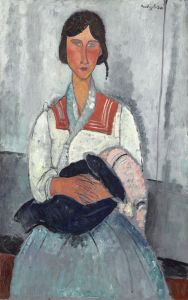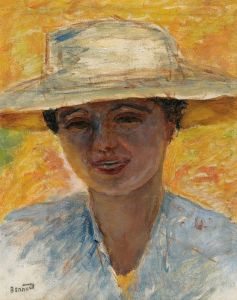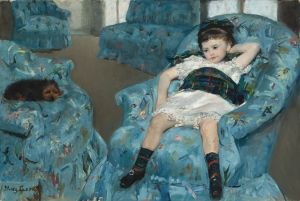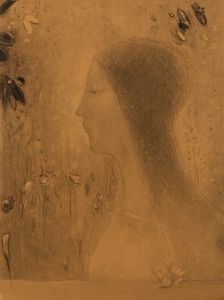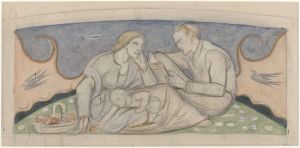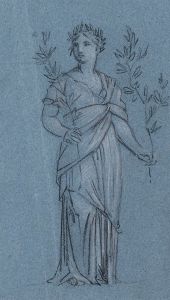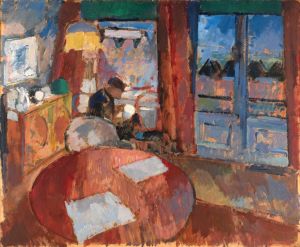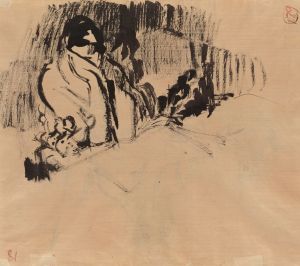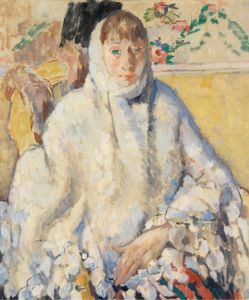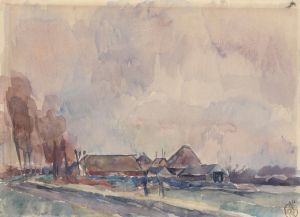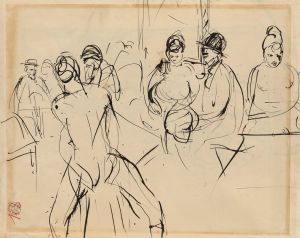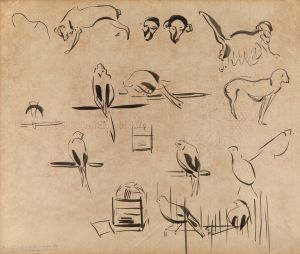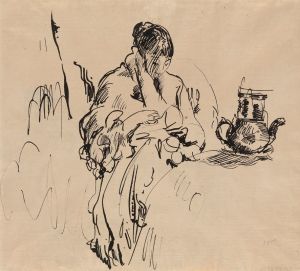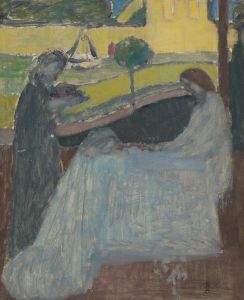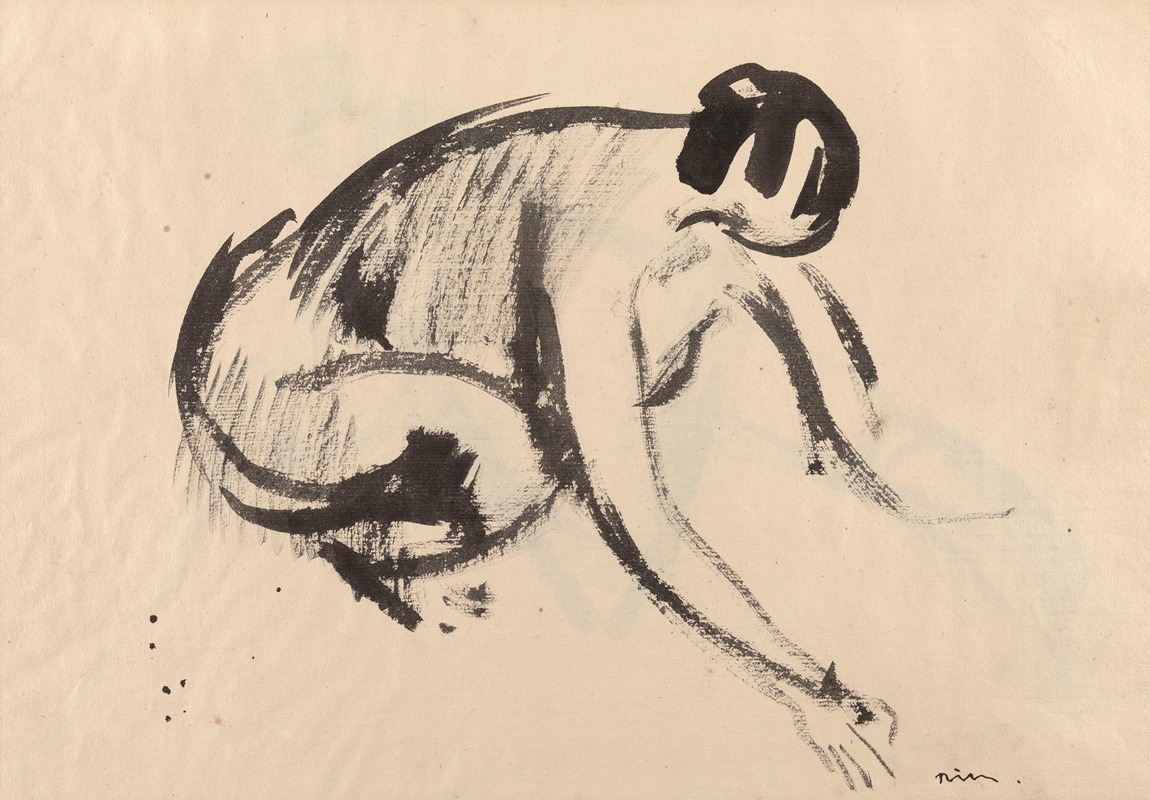
Squatting Woman
A hand-painted replica of Rik Wouters’s masterpiece Squatting Woman, meticulously crafted by professional artists to capture the true essence of the original. Each piece is created with museum-quality canvas and rare mineral pigments, carefully painted by experienced artists with delicate brushstrokes and rich, layered colors to perfectly recreate the texture of the original artwork. Unlike machine-printed reproductions, this hand-painted version brings the painting to life, infused with the artist’s emotions and skill in every stroke. Whether for personal collection or home decoration, it instantly elevates the artistic atmosphere of any space.
"Squatting Woman" is a painting by the Belgian artist Rik Wouters, a prominent figure in the early 20th-century art scene. Wouters, born on August 21, 1882, in Mechelen, Belgium, was a key member of the Brabant Fauvism movement, which was characterized by its vibrant colors and expressive brushwork. His work often depicted intimate and domestic scenes, reflecting his personal life and surroundings.
The painting "Squatting Woman" exemplifies Wouters' distinctive style, which combines elements of Impressionism and Fauvism. Known for his use of bold colors and dynamic compositions, Wouters captured the essence of his subjects with a sense of immediacy and vitality. This particular work portrays a woman in a squatting position, rendered with loose, expressive brushstrokes that convey both the physical form and the emotional presence of the subject.
Wouters' choice of subject matter often centered around his wife, Hélène Duerinckx, affectionately known as Nel, who was his muse and frequent model. It is likely that "Squatting Woman" also features Nel, as she appeared in many of his works, embodying the themes of intimacy and everyday life that Wouters cherished. His paintings of Nel are celebrated for their tenderness and the genuine affection they convey.
The artist's technique in "Squatting Woman" reflects his mastery of color and light. Wouters employed a vibrant palette, using contrasting hues to create depth and movement within the composition. The interplay of light and shadow adds a three-dimensional quality to the figure, while the background remains abstract and suggestive, allowing the viewer to focus on the subject.
Rik Wouters' career was tragically cut short by illness. He was diagnosed with cancer in 1914, and despite undergoing surgery, he passed away on July 11, 1916, at the age of 33. Despite his brief career, Wouters left a significant impact on the art world, particularly in Belgium, where he is regarded as one of the leading artists of his time.
"Squatting Woman" is part of Wouters' legacy, showcasing his ability to capture the beauty and complexity of human emotion through his innovative use of color and form. Today, his works are held in high esteem and can be found in various museums and private collections, continuing to inspire and captivate audiences with their vibrant energy and emotional depth.
Wouters' contribution to art is celebrated not only for his technical skill but also for his ability to convey the intimate and personal aspects of life through his paintings. "Squatting Woman" remains a testament to his artistic vision and his enduring influence on the world of art.





